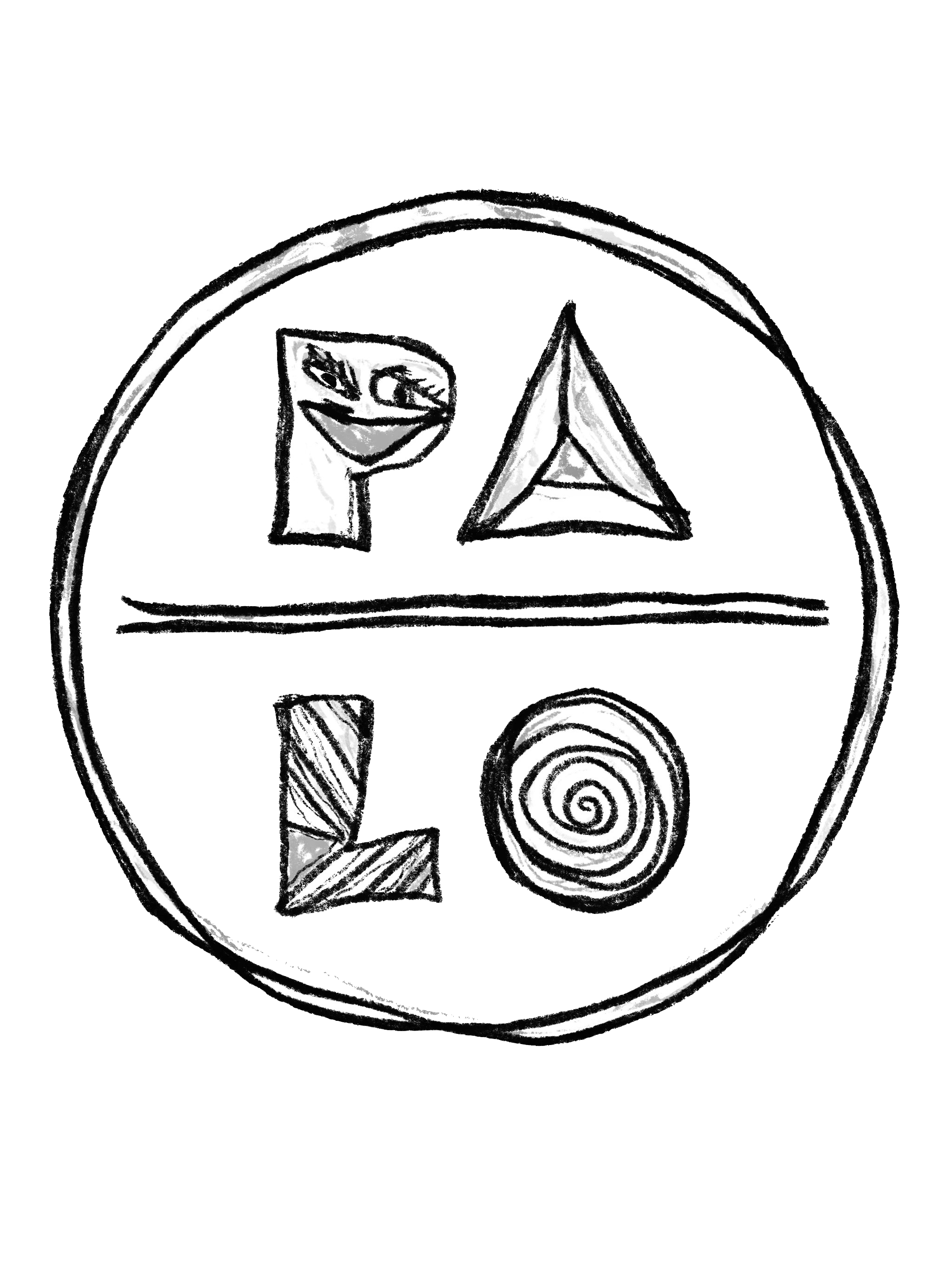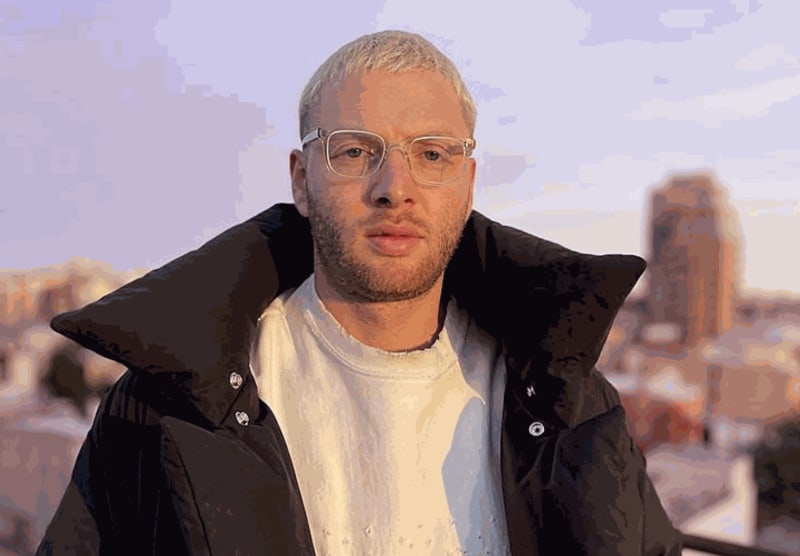For multifaceted visual artist Julius Margulies, aka Snuffy, nothing is off limits when it comes to creating intentional art that serves an emotional purpose. In recent years, Snuffy has become a massive figure in tattoo culture, due in large part to his distinct, imaginative surrealist style, coupled with the emotional connections and bonds he forms with his clients. For every tattoo that Snuffy does, he requests a personalized story from his clients beforehand as a means to insert as much emotional depth and meaning into the art while providing a cathartic and reflective experience for his subject to go on. It’s no surprise that Snuffy’s books are closed tight for the next two years, as his unique tattooing experience has been in high demand. Not to mention, he has also become the go-to tattoo artist for major celebrities, including Machine Gun Kelly and Pete Davidson, among many others.
While Snuffy is undoubtedly riding a massive career high and seems to be in touch with his emotions and communication skills with others just fine, he’s human just like the rest of us. After observing the modern, hyper-technological world we now live in, Snuffy admittedly felt a sense of burnout due to the addictive, isolating nature of social media and how it can effect your sense of purpose and community, and leave you overstimulated in unproductive ways. With no shortage of creative ideas, Snuffy began to develop the new Web3 project titled Looking In: To Know Yourself, an interactive and collaborative mental health platform that aims to utilize technology and social media in healthy, sustainable, and emotionally enriching ways.
With Looking In, users will first be prompted to answer a host of written and multiple choice questions from real clinical psychological studies to aid in their process of discovering who they truly are. From there, participants will be matched with their distinct personality trait and a handful of personality facets that define their true selves. Through this process, participants will be linked with other like-minded individuals to form their own “tribe” and collaborate on reflective exercises, as well as form bonds and communities through third-party apps such as Discord. Each participant will get a unique identification piece in the form of a tarot-card-style Venn diagram art piece that's been hand-designed by Snuffy and can in turn be minted on the blockchain.
Looking In: To Know Yourself is a testament to the power of utilizing technology for good and highlighting the importance of self-discovery and human connection in a world that has not necessarily had those ideas at the forefront of society as a whole. Snuffy spoke to us about creating the project.
What was it about social media and tech addiction that made you realize that healthy changes needed to be made both in your personal life and with society as a whole?
Where I found social media giving me difficulty was my ill-preparedness of seeing how good everyone’s lives are at all times when everything is filtered to show only the good stuff. Whoever is built for that, props to them, but I am not. The other part is that when I found success in my career, I became very accessible to people and how they thought they could approach me. I have this problem where I am a people pleaser and don’t want to let anyone down, so I feel obligated to always answer people [in my DMs] — this places a burden on me because it’s social etiquette to respond.
However, as an artist, without social media as a tool, I would not have risen so quickly in my career. For that, I owe it a great debt, but with the way that these companies work, we are being trained to consume way too quickly. Leonardo Da Vinci painted 18 paintings in his whole life, but if you don’t put up 18 posts a week today, you’re fucked. What is a real artist who puts integrity and conviction into their work supposed to do besides screaming into the abyss?
How did you begin creating Looking In: To Know Yourself? Did you source help from mental health professionals as well as experts in the tech and Web3 spaces?
When I set out to tattoo people, I request that they write me a story beforehand, whether they are a celebrity, civilian, or anybody in between. You’re giving me a piece of you because I’m giving you a piece of me, and at that point, it’s not so much about getting paid as much as it’s about telling a story and sharing that with someone for the rest of their lives. When people come to me for a tattoo, they end up viewing the tattoo as a form of therapy. When I really sat down and analyzed my practice and took a step back, my unique value is not actually the tattoo. It’s the client’s own self-discovery. The tattoo is just the receipt of a cathartic experience.
I have a two-year waitlist for my tattoos, so I wanted to find a way to recreate this experience, therapy and catharsis for as many people as possible — this all led me to create Looking In. I have personally spent all last year analyzing personality facets, creating art and interpreting them visually in my style.
What was the process of categorizing distinct personality traits and then pairing users together accordingly with the “Tribal” concept you have since developed with this platform?
The clinical breakdown of this project is based on the big five personality traits with the acronym O.C.E.A.N.: openness, conscientiousness, extroversion, agreeableness, and neuroticism. Within each of those domains, there are six facets — so in total, there are 30 facets. What we have done is give people an output for their input on the five facets they skew the highest toward.
We built a function for you to discover who you think you are and see yourself and then you get to invite your close circle around you to take a test about you to see how others perceive you. I feel like there needs to be something engaging, and we need the fabric of communication, community and just being heard. [Eventually], you find out who you are, and you get this output of unique art that is related to who you are — you also get to connect with your close circle and these domains of people who you can connect with on Discord.
Speaking of creating unique art, what goes into creating these distinct pieces?
First, I will study a facet of a character trait or domain, and then in the same way that I design a tattoo, I will sit with what I have read and then hone in on a specific part. From there, I collage my art and blueprint it in Photoshop, and once I have that blueprint, I will draw them out, scan them in, and separate them into layers. In my fine art practice, it’s the same thing. Since there are 30 [total] facets, I wasn’t going to leave my artistic thumbprint up to a [computer] generative project. There is a balance to strike between the two where I can still have my DNA in a project that is still generative. To me, phase one of this project would have felt inauthentic to do it [computer generated]. All my artwork is intentional, there are 30 facets and 30 pieces of artwork. What becomes unique is your five combinations of art. All of the art is how I want it to be — there is no mismatch.

